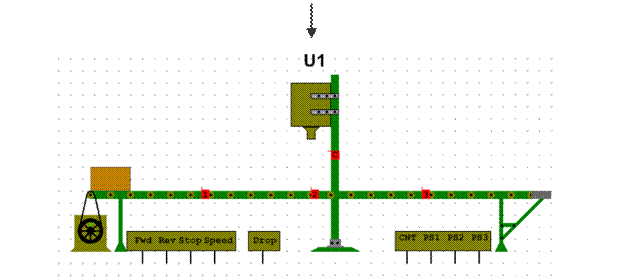Teaching Vocabulary
1. What do you need to learn & to teach? 1 How many words are there in English? At least: a) 10, 000 b) 100, 000 c) 250, 000 d) 500, 000 2 Winston Churchill was famous for his particularly large vocabulary. How many words did he use in his writing? a) 10, 000 b) 60, 000 c) 100, 000 d) 120, 000 3 How many words does the average native English speaker use in his/her everyday speech? a) 2, 500 b) 5, 000 c) 7, 500 d) 10, 000 4 How many words make up 45% of everything written in English? a) 50 b) 250 c) 1, 000 d) 2, 500 5 What do you think are the most common 20 words in English? __________________________________________________________________________________________________________________________________________________________________________ On average, every 100 sentences have up to 300 prepositions, 200 pronouns and about a hundred of other words of this category – structural and functional words (auxiliary verbs, modal verbs, conjunctions) – they should be introduced at an early stage and worked out systematically. 2. Eliciting, focus on criteria for selecting vocabulary. Share your attitude to learning and teaching vocabulary: How many words provide a working vocabulary in a foreign language? (Active vocabulary - speaking & writing) What are the best words to learn first? In the early stages of learning a second or foreign language, are some words more useful to the learner than others? Are some words more difficult to learn than others? Can words be grated for ease of learning? What are the (main) best means of retaining new words? Is it most practical to learn words as single items in a list, in pairs (for example, as translation equivalents, synonyms or opposites) or in context? Make a list of words young learners have already known at the beginning of the course. ____________________________________________________________________________________________ 3. Brainstorm. In groupsdecide what it means to know a word. 4. Summary and input on the nature of lexical competence (HO1) 5. Analysis of exercises for different aspects of lexical competence (HO2) 6. Summary (HO3) What does knowing a new word mean? 1 How could you write these words in phrases to help you remember them? a) royal b) dissuade c) king d) up to my ears e) independent f) get married 2 What grammatical notes would you make beside the following words? a) scissors b) weather c) teach d) advice e) lose f) trousers 3 What might you note beside the following words? a) subtle b) catastrophe c) photograph/photographer d) answer 4 What might you note beside the following words about their register? a) guys b) persons c) people 5 What phrases could you pick out of the text about vocabulary that could be useful to learn? English vocabulary has a remarkable range, flexibility and adaptability. Thanks to the periods of contact with foreign languages and its readiness to coin new words out of old elements English seems to have far more words in its core vocabulary than other languages. For example, alongside kingly (from Anglo-Saxon) we find royal (from French) and regal (from Latin). There are many such sets of words which add greatly to our opportunities to express subtle shades of meaning at various levels of style. 7. Eliciting different techniques of presenting vocabulary. (Visual Techniques & Verbal Techniques) What techniques do you personally prefer to present vocabulary and why. 8. Feedback on ways of presenting vocabulary (HO4) 9. Practice in appropriate presentation techniques. Choose presentation technique appropriate for the level of students. Role play your presentations and discuss their effectiveness. Group 1 - tiger, handbag, August, medicine (primary level) Group 2 - wonderful, yell, ignorant, skinny (pre-intermediate level) Group 3 - vote, strenuous, thatch, disappear (intermediate level) Vocabulary HO1
|




